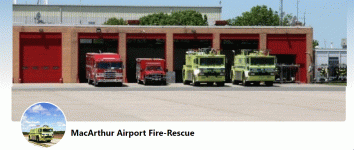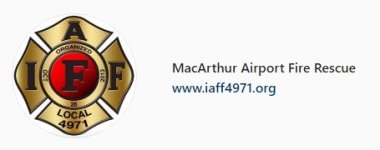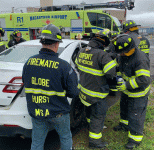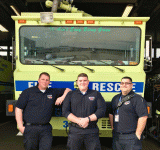- Joined
- May 11, 2021
- Messages
- 314
This thought came to me after reading about the run survey and business of departments. Here is what I can’t seem to figure out. I have no numbers to back this up, but it seems as if structure fires drop dramatically once you pass over the county lines into Westchester and Nassau Counties. Yet driving on the streets from the Bronx into Mt. Vernon or Yonkers it’s difficult to know when you’ve crossed the line. It looks similar. The same when you drive from Queens into Nassau.
Yet, I am almost certain just by intuition that FDNY gets more structure fires per capita than, what appear to be, the same border areas. FDNY runs with 5 on most engines and 6 on ladders, where as Yonkers has 4 per piece, Mount Vernon even less, and it’s volunteer on Long Island! But my hunch tells me that E63/L39 and E66/L61 do a lot more fires than even the busiest Yonkers or Mount Vernon companies (I do realize that even those cities have their share of fires). I’m also guessing that E304/L162 and E317/L165 do a lot more fires than most, if not all, of the volunteer companies.
I understand northern Westchester County is a lot slower, as is Suffolk County, but what seems to be the reason for such a drop off once you hit the city line, per capita? Perhaps someone has solid numbers and there isn’t a big difference. Hmm….
Yet, I am almost certain just by intuition that FDNY gets more structure fires per capita than, what appear to be, the same border areas. FDNY runs with 5 on most engines and 6 on ladders, where as Yonkers has 4 per piece, Mount Vernon even less, and it’s volunteer on Long Island! But my hunch tells me that E63/L39 and E66/L61 do a lot more fires than even the busiest Yonkers or Mount Vernon companies (I do realize that even those cities have their share of fires). I’m also guessing that E304/L162 and E317/L165 do a lot more fires than most, if not all, of the volunteer companies.
I understand northern Westchester County is a lot slower, as is Suffolk County, but what seems to be the reason for such a drop off once you hit the city line, per capita? Perhaps someone has solid numbers and there isn’t a big difference. Hmm….




